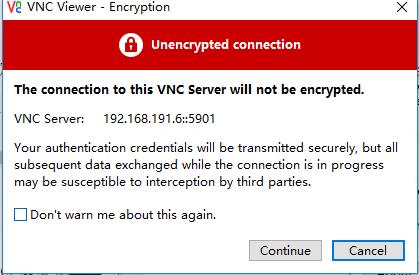CentOS 7 vs CentOS 6的不同
(1)桌面系统
[CentOS6] GNOME 2.x
[CentOS7] GNOME 3.x(GNOME Shell)
(2)文件系统
[CentOS6] ext4
[CentOS7] xfs
(3)内核版本
[CentOS6] 2.6.x-x
[CentOS7] 3.10.x-x
(4)启动加载器
[CentOS6] GRUB Legacy (+efibootmgr)
[CentOS7] GRUB2
(5)防火墙
[CentOS6] iptables
[CentOS7] firewalld
(6)默认数据库
[CentOS6] MySQL
[CentOS7] MariaDB
(7)文件结构
[CentOS6] /bin, /sbin, /lib, and /lib64在/下
[CentOS7] /bin, /sbin, /lib, and /lib64移到/usr下
(8)主机名
[CentOS6] /etc/sysconfig/network
[CentOS7] /etc/hostname
(9)时间同步
[CentOS6]
$ ntp
$ ntpq -p
[CentOS7]
$ chrony
$ chronyc sources
(10)修改时间
[CentOS6]
$ vim /etc/sysconfig/clock
ZONE=”Asia/Tokyo”
UTC=fales
$ sudo ln -s /usr/share/zoneinfo/Asia/Tokyo /etc/localtime
[CentOS7]
$ timedatectl set-timezone Asia/Tokyo
$ timedatectl status
(11)修改地区
[CentOS6]
$ vim /etc/sysconfig/i18n
LANG=”ja_JP.utf8″
$ /etc/sysconfig/i18n
$ locale
[CentOS7]
$ localectl set-locale LANG=ja_JP.utf8
$ localectl status
(12)服务相关
1)启动停止
[CentOS6]
$ service service_name start
$ service service_name stop
$ service sshd restart/status/reload
[CentOS7]
$ systemctl start service_name
$ systemctl stop service_name
$ systemctl restart/status/reload sshd
自启动
[CentOS6]
$ chkconfig service_name on/off
[CentOS7]
$ systemctl enable service_name
$ systemctl disable service_name
服务一览
[CentOS6]
$ chkconfig –list
[CentOS7]
$ systemctl list-unit-files
$ systemctl –type service
强制停止
[CentOS6]
$ kill -9 <PID>
[CentOS7]
$ systemctl kill –signal=9 sshd
(13)网络
1)网络信息
[CentOS6]
$ netstat
$ netstat -I
$ netstat -n
[CentOS7]
$ ip n
$ ip -s l
$ ss
2)IP地址MAC地址
[CentOS6]
$ ifconfig -a
[CentOS7]
$ ip address show
3)路由
[CentOS6]
$ route -n
$ route -A inet6 -n
[CentOS7]
$ ip route show
$ ip -6 route show
(14)重启关闭
1)关闭
[CentOS6]
$ shutdown -h now
[CentOS7]
$ poweroff
$ systemctl poweroff
2)重启
[CentOS6]
$ reboot
$ shutdown -r now
[CentOS7]
$ reboot
$ systemctl reboot
3)单用户模式
[CentOS6]
$ init S
[CentOS7]
$ systemctl rescue
4)启动模式
[CentOS6]
[GUI?CUI]
$ vim /etc/inittab
id:3:initdefault:
[CUI?GUI]
$ startx
[CentOS7]
[GUI?CUI]
$ systemctl isolate multi-user.target
[CUI?GUI]
$systemctl isolate graphical.target
默认
$ systemctl set-default graphical.target
$ systemctl set-default multi-user.target
当前
$ systemctl get-default
参考:
https://urashita.com/archives/1538
http://qiita.com/sion_cojp/items/115e1671fcbc8f214aee
https://www.upken.jp/kb/cent6-cent7.html
http://inaba-serverdesign.jp/blog/20141110/centos7.html

